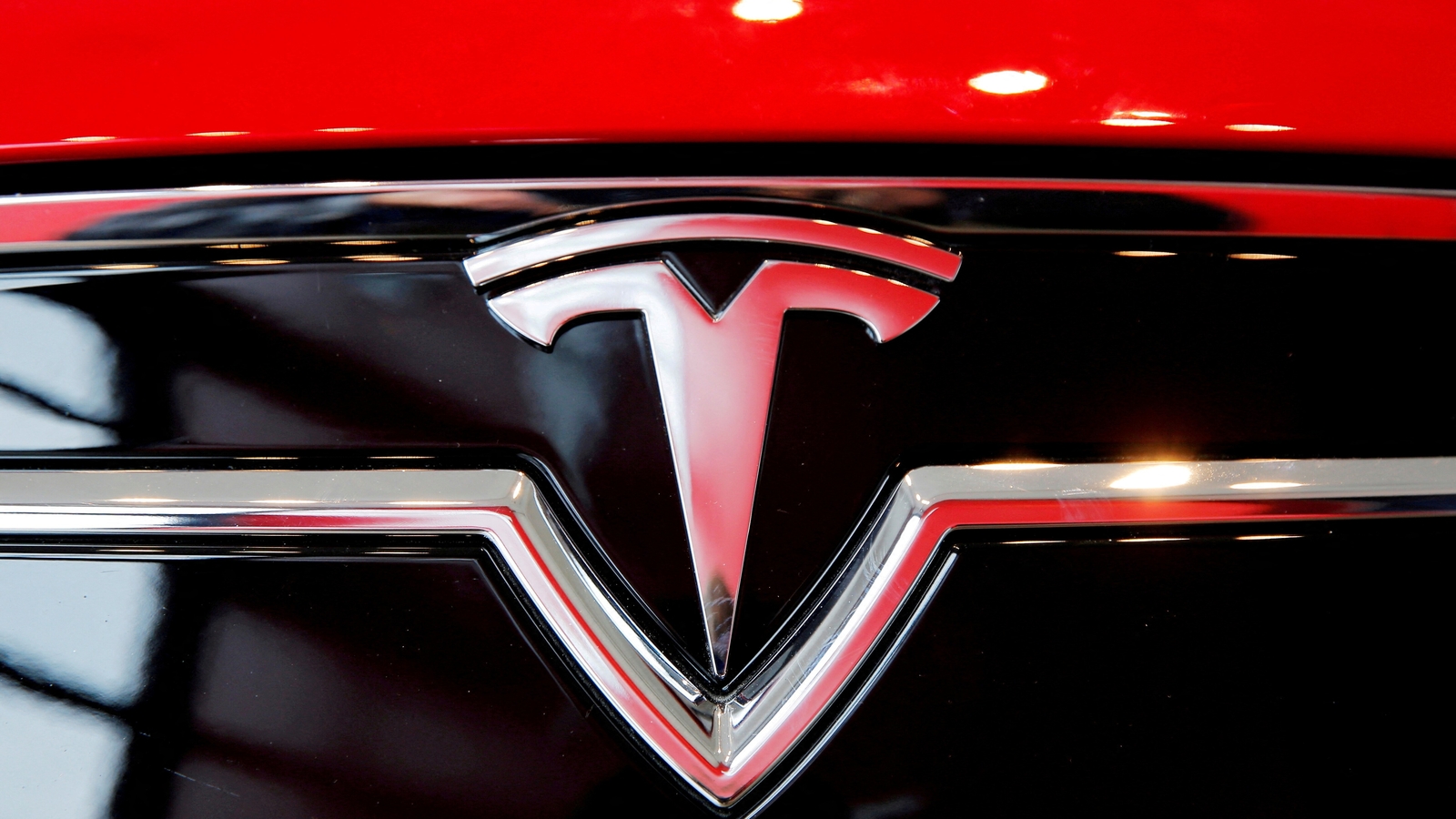China's EV Domination: Assessing America's Readiness

Table of Contents
China's Electric Vehicle Ascent: A Technological and Policy-Driven Revolution
China's remarkable success in the EV sector is a result of a potent combination of technological prowess and strategic government policies.
Technological Prowess
China has made significant strides in several key EV technologies:
- Battery Technology: Chinese companies are leading the way in developing advanced battery chemistries, including lithium-iron-phosphate (LFP) batteries, known for their cost-effectiveness and safety. Companies like CATL (Contemporary Amperex Technology Co. Limited) are global leaders in battery production, supplying major automakers worldwide.
- Electric Motor Efficiency: Chinese manufacturers are continuously improving the efficiency and power density of electric motors, leading to increased range and performance in EVs.
- Autonomous Driving Systems: Significant investments in research and development are driving advancements in autonomous driving technologies, with several Chinese companies making inroads in this rapidly growing sector.
This technological advancement is supported by a robust and vertically integrated supply chain for EV components, ensuring efficient production and cost control. Government subsidies and incentives further fuel innovation and production, encouraging domestic companies to compete on a global scale.
Government Support and Strategic Initiatives
China's national strategies have played a pivotal role in its EV success. These initiatives include:
- Extensive Charging Infrastructure Development: China has invested heavily in building a nationwide network of charging stations, making EV ownership more practical and convenient for consumers.
- Ambitious Emission Reduction Targets: Strict emission regulations have incentivized the adoption of EVs and pushed manufacturers to innovate.
- Targeted Subsidies and Tax Breaks: Significant government investment in R&D and direct financial support for domestic EV manufacturers has fostered rapid growth and competitiveness.
- "Made in China 2025" initiative: This national strategic plan specifically targets the development of advanced manufacturing capabilities, including the EV sector.
These policies have created a supportive ecosystem that has propelled China to the forefront of the global EV race.
America's Current EV Landscape: Strengths and Weaknesses
The US EV market presents a complex picture of strengths and weaknesses.
Strengths of the US EV Market
The US boasts several advantages:
- Established Automotive Brands: Iconic American carmakers possess significant brand recognition and established distribution networks, providing a strong foundation for EV market entry.
- Technological Innovation: American companies are at the forefront of innovation in specific areas, such as battery technology (e.g., solid-state batteries) and advanced driver-assistance systems (ADAS). Tesla, for example, remains a key player in the global EV market.
- Consumer Demand in Certain Segments: Growing consumer awareness and demand for electric vehicles, particularly among environmentally conscious buyers, presents a significant market opportunity.
Challenges Facing the US EV Industry
However, the US faces substantial hurdles:
- Supply Chain Vulnerabilities: The US relies heavily on foreign sources for critical EV components, creating vulnerabilities in the supply chain.
- Higher Production Costs: Compared to China, the cost of manufacturing EVs in the US is generally higher, impacting competitiveness.
- Slower Infrastructure Development: The US lags behind China in terms of charging infrastructure development, hindering widespread EV adoption.
- Regulatory Uncertainty: Fluctuating government policies and priorities create uncertainty for manufacturers, impacting investment decisions.
- Raw Material Availability: Securing a reliable supply of raw materials like lithium and cobalt, essential for EV battery production, remains a major challenge.
Comparing Infrastructure and Consumer Adoption
A comparative analysis of infrastructure and consumer behavior reveals significant differences between China and the US.
Charging Infrastructure
China boasts a significantly more extensive and accessible public charging network compared to the US. This readily available infrastructure is a crucial factor driving EV adoption in China.
Consumer Preferences and Purchasing Power
While consumer demand for EVs is growing in both countries, purchasing power and preferences vary. Factors such as vehicle price, range anxiety, and charging convenience influence consumer choices differently in each market.
Government Incentives and Consumer Support Programs
The effectiveness of government incentives and consumer support programs differs substantially between the two countries. China's comprehensive and consistent policies have proven more effective in stimulating EV adoption compared to the US, where policies have been more fragmented and subject to change.
Strategic Implications and Future Outlook: Can America Catch Up?
The global EV market's trajectory has significant long-term implications for both countries.
Long-Term Competitiveness
China's current dominance threatens the US's long-term economic and geopolitical influence. Failure to address the challenges outlined above could lead to a significant loss of market share and technological leadership.
Potential Strategies for the US
To regain competitiveness, the US needs a multi-pronged strategy:
- Massive Investment in Charging Infrastructure: A nationwide expansion of charging stations is crucial to alleviate range anxiety and encourage EV adoption.
- Supply Chain Diversification: Reducing reliance on foreign suppliers for critical components is vital for ensuring resilience.
- Targeted Research and Development: Focused investments in key technologies, such as battery storage and autonomous driving, are needed to maintain a technological edge.
- Stable and Supportive Government Policies: Consistent and predictable policies that encourage innovation and investment are essential.
China's EV Domination: A Call to Action for America
China's dominance in the electric vehicle market is undeniable. The US faces significant challenges but also possesses the technological capabilities and consumer demand to compete effectively. Addressing supply chain vulnerabilities, accelerating infrastructure development, and implementing consistent, supportive policies are crucial steps for the US to maintain its global competitiveness in this transformative industry. We must support policies that promote domestic EV production and infrastructure development to counter China's EV domination and secure America's future in this vital sector. Learn more about the current state of the US EV industry and advocate for strategic planning to ensure America's continued leadership in the global economy. The future of transportation, and indeed global economic competitiveness, depends on it.

Featured Posts
-
 Indy Car Series The Fox Broadcast Schedule
May 04, 2025
Indy Car Series The Fox Broadcast Schedule
May 04, 2025 -
 2025 Louisiana Derby Betting Odds Contenders And Kentucky Derby Picks
May 04, 2025
2025 Louisiana Derby Betting Odds Contenders And Kentucky Derby Picks
May 04, 2025 -
 Kentucky Derby 2025 Analyzing The Potential Race Pace
May 04, 2025
Kentucky Derby 2025 Analyzing The Potential Race Pace
May 04, 2025 -
 Britains Got Talent Semi Final Results Fuel Fix Claims
May 04, 2025
Britains Got Talent Semi Final Results Fuel Fix Claims
May 04, 2025 -
 Fleetwood Macs First Singer Why Did They Leave Before The Big Hits
May 04, 2025
Fleetwood Macs First Singer Why Did They Leave Before The Big Hits
May 04, 2025
